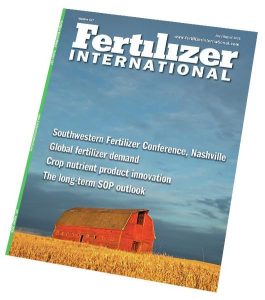
Leave no resource unused
The International Fertilizer Association (IFA) released a new report on phosphogypsum (PG) in May, ahead of its Annual Conference in Monaco.

The International Fertilizer Association (IFA) released a new report on phosphogypsum (PG) in May, ahead of its Annual Conference in Monaco.

What dividends might farming technology deliver in future decades? Three vanguard companies, ICL Growing Solutions, John Deere and BigSis, share their thoughts.
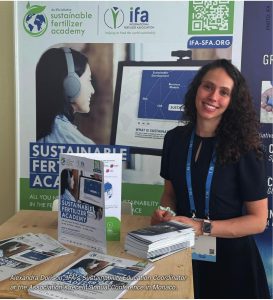
Alexandra Dorison of the International Fertilizer Association (IFA) highlights the successes and rapid progress to date of the Sustainable Fertilizer Academy (SFA).
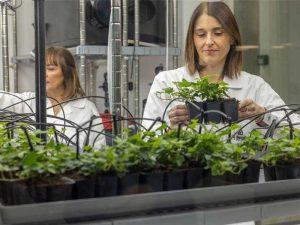
ICL acquires microbial agricultural solutions company, Lavie Bio.

Dr M.P. Sukumaran Nair, Director of the Centre for Green Technology & Management, Cochin, India and former Secretary to the Chief Minister of Kerala discusses the challenges facing India’s agriculture and fertilizer industry.
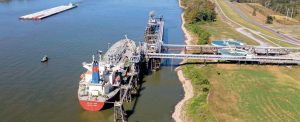
Methanol demand is rising again after a few years of relative stagnation, but with the Chinese MTO boom largely over, it looks to be energy uses which will drive most future demand.

Horisont Energi says that it has secured a non-binding offtake deal with “a European energy group” for ammonia sales from its Barents Blue clean ammonia plant at Markoppnes in northern Norway. Sales and purchase agreements are targeted for completion in 2026. Horisont is pressing ahead with the 1 million t/a project in spite of the withdrawal of project partner Fertiberia, and the exit of Polish company Orlen from a related CCS project. Front end engineering and design work has not yet been completed, but the project has been working on commercial agreements for the supply of gas, offtake of clean ammonia and storage of CO2 . Carbon capture is projected to be above 99%, and it is expected to be the most energy-efficient clean ammonia plant in the world. Barents Blue is supported by a $48 million grant as part of the EU IPCEI hydrogen program, Hy2Use. The project is targeting a final investment decision (FID) in 2026 and estimated production start in 2029/2030.

NextChem subsidiary KT Tech has been awarded a licensing contract for the implementation of NextChem’s proprietary NX AdWinMethanol® Zero technology for Pacifico Mexinol, an ultra-low carbon methanol facility near Los Mochis, Sinaloa, on the Pacific coast of Mexico, which will have a planned output in excess of 2.1 million t/a. Transition Industries LLC, based in Houston, Texas, is developing Pacifico Mexinol with the International Finance Corporation (IFC), a member of the World Bank Group. When it initiates operation in 2028, Pacifico Mexinol is expected to be the largest single ultra-low carbon methanol facility in the world – producing approximately 350,000 t/a of green methanol and 1.8 million t/a of blue methanol annually from natural gas with carbon capture.The value of the licensing award is in the low tens of million euros, with the whole package estimated to be about e250 million, including basic engineering, proprietary and critical equipment supply, as well as assistance to commissioning, start-up and operation of the facility.
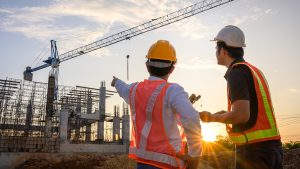
Clariant says that its MegaMax 900 methanol synthesis catalyst has been used in the successful startup of European Energy’s green methanol plant at Kasso, Denmark. The facility uses biogenic CO2 and green hydrogen to produce up to 42,000 t/a of green methanol. Clariant’s Applied Catalyst Technology (ACT) technical service team provided on-site support throughout the startup procedure, overseeing the catalyst loading, reduction, and startup. Clariant says that the catalyst is operating with excellent activity and stability despite the challenging conditions of CO2 -to-methanol conversion.
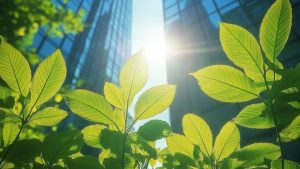
ATOME says that it has signed a $465 million fixed-price, lump-sum engineering, procurement and construction contract with Casale for its 260,000 t/a green fertiliser plant at Villeta, Paraguay. ATOME believes that this is the first dedicated green fertiliser facility of this scale worldwide. The plant will use 100% renewable baseload power to generate hydrogen for ammonia to supply low carbon fertilizer for the Mercosur region. The project timeline is 38 months, with start-up and first ammonia production expected in 2028. Casale joins Yara, Hy24, AECOM, Natixis, IDB Invest and ANDE as partners to the project. In March ATOME signed non-binding heads of terms with Hy24’s managed Clean H2 Infra Fund for an up to $115 million investment in the project. A full definitive equity agreement is expected in Q2 2025, with final investment decision and full financial closure targeted by the end of the quarter. The full terms envisage a total funding for the project of approximately $625 million which includes not only the cost of construction but also financing, interest, transaction and supervision costs during the build period, with at least 60% coming from debt finance with the balance represented by project equity. ATOME says that negotiations on the definitive full offtake agreement with Yara International are “proceeding well”, with senior Yara representatives having had a successful visit to Paraguay at the end of January. It is anticipated that the definitive agreement will be signed by early Q2 2025, subject to necessary approvals.